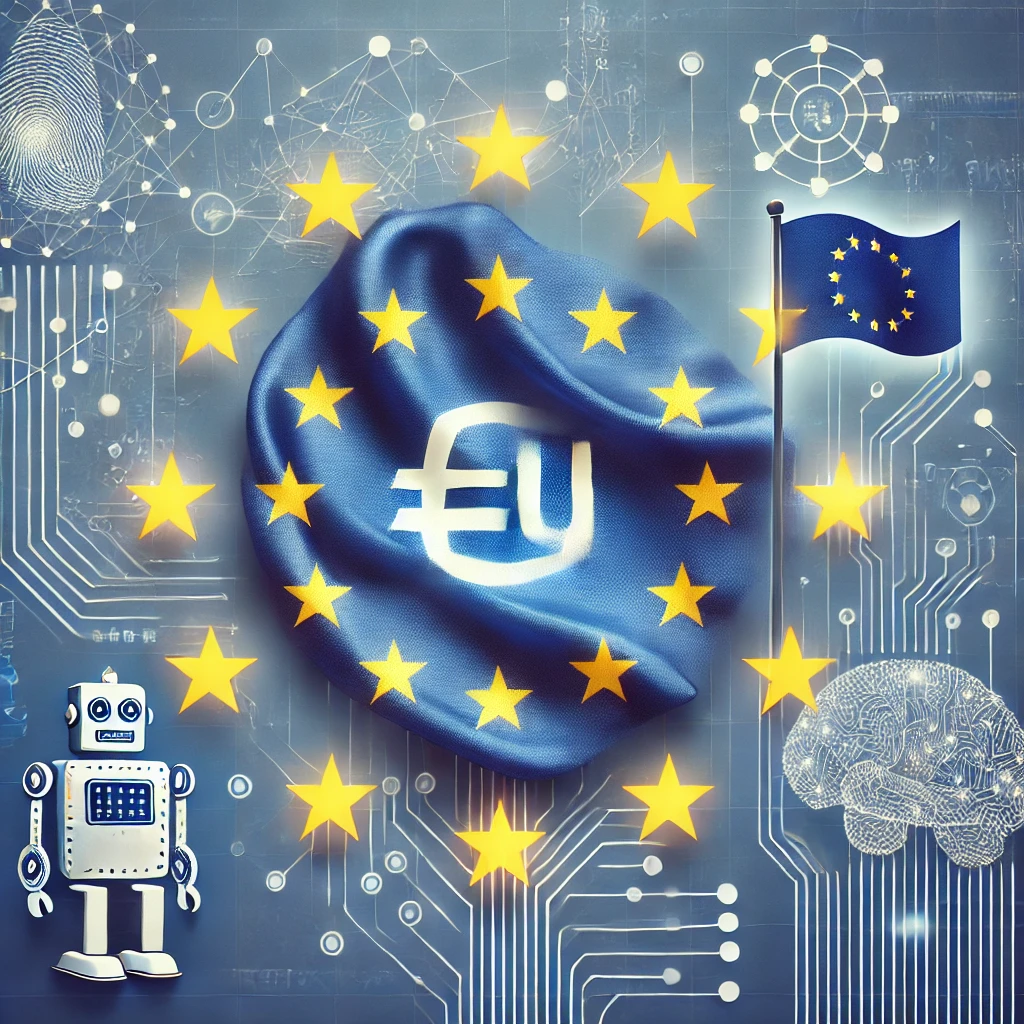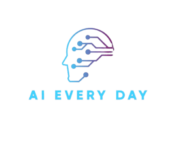The EU’s Draft Regulatory Guidance for AI Models: A Deep Dive into the Future of Artificial Intelligence
Introduction: EU’s New AI Regulations
Artificial intelligence (AI) has rapidly transformed industries, economies, and societies across the globe. From self-driving cars to advanced medical diagnostics, AI systems are becoming integral to various aspects of modern life. However, this rapid advancement also comes with significant risks, including issues related to privacy, security, and ethical concerns.
Recognizing these challenges, the European Union (EU) has introduced draft regulatory guidance as part of the EU Artificial Intelligence Act, a comprehensive framework designed to ensure the responsible development and deployment of AI. This article explores the key elements of the AI Act, its implications for developers and businesses, and how it may shape the global landscape of AI regulation.

Understanding the EU AI Act
The EU AI Act is the first of its kind to regulate AI at a regional level. Unlike other regulatory frameworks, the AI Act takes a risk-based approach, categorizing AI systems based on their potential impact on human rights and safety. This classification allows for tailored regulatory measures that address the unique risks posed by different types of AI technologies.
Key Categories of AI Systems
- High-Risk AI Systems: These systems are subject to the strictest regulations. High-risk AI includes applications in sectors like healthcare, finance, transportation, and law enforcement. For example, AI used for medical diagnoses must undergo thorough testing and validation to ensure it does not pose harm to patients.
- Limited Risk AI Systems: These systems pose a moderate risk to users, requiring transparency and minimal regulatory oversight. An example could be AI used in recruitment tools, where there is a risk of bias but not necessarily life-threatening consequences.
- Minimal or No Risk AI Systems: These systems are subject to minimal regulation. Examples include chatbots or AI used in entertainment. However, even these systems are encouraged to follow ethical guidelines.
The EU’s risk-based approach ensures that the regulation is proportional to the potential harm of the AI system. This enables innovation while safeguarding public trust and safety.
Draft Guidance: Key Provisions and Features
The EU’s draft regulatory guidance covers a wide range of AI-related issues, focusing on transparency, accountability, and ethical considerations. Below are the key provisions included in the draft:
- Transparency and Accountability: One of the cornerstone principles of the EU AI Act is ensuring that AI systems are transparent and accountable. Developers will need to provide clear documentation detailing how their systems function, how decisions are made, and what data is used to train them. This documentation must be accessible to both regulators and the public, enhancing trust in AI systems.
- Bias Mitigation: The regulation emphasizes the need for AI systems to be designed and tested in ways that mitigate bias. AI has the potential to perpetuate existing inequalities if not properly managed. The draft includes provisions for regularly testing AI systems to ensure they do not discriminate based on race, gender, or other protected characteristics.
- Human Oversight: Even high-risk AI systems must allow for human oversight. This provision ensures that decisions made by AI can be challenged and corrected by a human operator, providing an additional layer of accountability in critical applications.
- Data Privacy and Security: The draft guidance aligns with the EU’s General Data Protection Regulation (GDPR), ensuring that AI systems adhere to the strict data privacy and security standards set by the GDPR. This includes ensuring that AI systems do not infringe on individuals’ privacy rights and that their data is stored and processed securely.
- AI Innovation Office: To foster innovation while maintaining safety, the EU has established a dedicated AI Innovation Office. This office will oversee the implementation of the AI Act, offer guidance to developers, and monitor compliance. It will also create regulatory sandboxes to allow small businesses and startups to test AI innovations in a controlled environment before they go to market.
Implications for Businesses and Developers
The EU AI Act will have a significant impact on businesses and developers who create and deploy AI systems. Below are some of the main implications:
Compliance Challenges
- Regulatory Burden: Companies will need to invest in compliance infrastructure, including developing the necessary documentation, conducting regular risk assessments, and ensuring that their AI systems meet transparency and accountability standards. While these measures will undoubtedly increase operational costs, they are necessary to ensure the responsible use of AI.
- Fines for Non-Compliance: The EU AI Act imposes hefty fines for non-compliance. Companies found in violation of the regulations could face fines of up to 6% of their global annual turnover. This creates a strong incentive for businesses to prioritize compliance and risk management.
- Testing and Certification: High-risk AI systems will require testing and certification by independent bodies before they can be deployed. This adds an additional layer of scrutiny and accountability but also helps ensure that AI systems are safe and reliable.
Opportunities for Innovation
While the EU AI Act presents regulatory challenges, it also opens the door to new opportunities for businesses, especially those in industries like healthcare, finance, and transportation. By adhering to the AI Act’s guidelines, businesses can build AI systems that are both innovative and ethical, gaining consumer trust and ensuring long-term success.
Additionally, the regulatory sandboxes and the focus on fostering AI innovation will help smaller businesses and startups enter the market more easily, providing a level playing field for all players in the AI ecosystem.
AI Regulation and Global Impact
The EU AI Act is expected to have far-reaching implications not only within the European Union but also globally. As the first comprehensive regulatory framework for AI, it sets a global benchmark for AI governance. Many countries, including the United States and China, have expressed interest in creating similar frameworks to ensure the safe development of AI technologies.

Alignment with Global Standards
The EU AI Act is designed to align with other global standards, such as the OECD Principles on AI and the UN’s AI and Ethics Guidelines. This global alignment ensures that companies operating internationally can comply with multiple regulatory frameworks without facing significant barriers to entry.
Pressure on Non-EU Countries
As the EU moves forward with its regulatory framework, non-EU countries may feel pressure to implement similar regulations to remain competitive in the global AI market. This could lead to a more unified approach to AI governance, which would benefit both businesses and consumers.
The Future of AI Regulation: Challenges and Opportunities
While the EU AI Act marks a significant step toward responsible AI governance, there are still several challenges to address. These include:
- Adapting to Rapid Technological Advancements: AI is evolving at a rapid pace, and regulators must stay ahead of new developments to ensure the AI Act remains relevant. Regular updates and flexibility will be crucial to keeping pace with innovation.
- Balancing Innovation and Safety: Striking the right balance between encouraging innovation and ensuring safety is one of the biggest challenges facing regulators. The EU’s risk-based approach is a step in the right direction, but it will require constant refinement to avoid stifling innovation.
- Global Cooperation: As AI becomes increasingly global, international cooperation will be key to ensuring consistent regulation. The EU AI Act is an important starting point, but future discussions with other global leaders will be necessary to create a unified approach to AI governance.
Conclusion: A Blueprint for Ethical AI Development
The EU AI Act represents a major milestone in the regulation of artificial intelligence. By providing clear guidelines on transparency, accountability, and bias mitigation, the EU is setting the stage for a future in which AI technologies are both innovative and ethical. While challenges remain, the AI Act provides a solid foundation for businesses to navigate the complexities of AI regulation and ensure the safe and responsible development of AI systems.
As AI continues to reshape industries and societies, it is crucial that governments, businesses, and developers work together to ensure that these technologies benefit humanity. The EU AI Act is a crucial step in achieving this goal, and its impact will be felt far beyond the borders of Europe.
